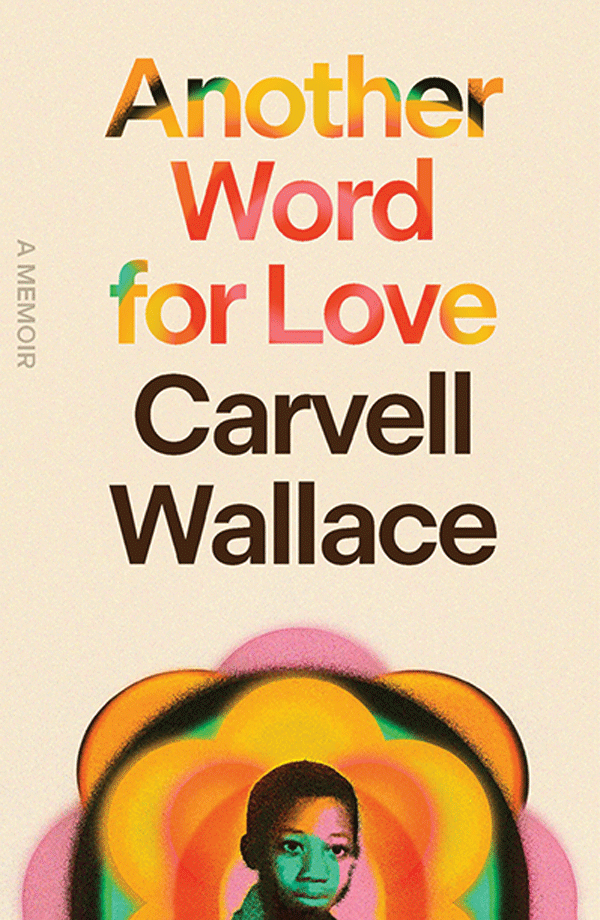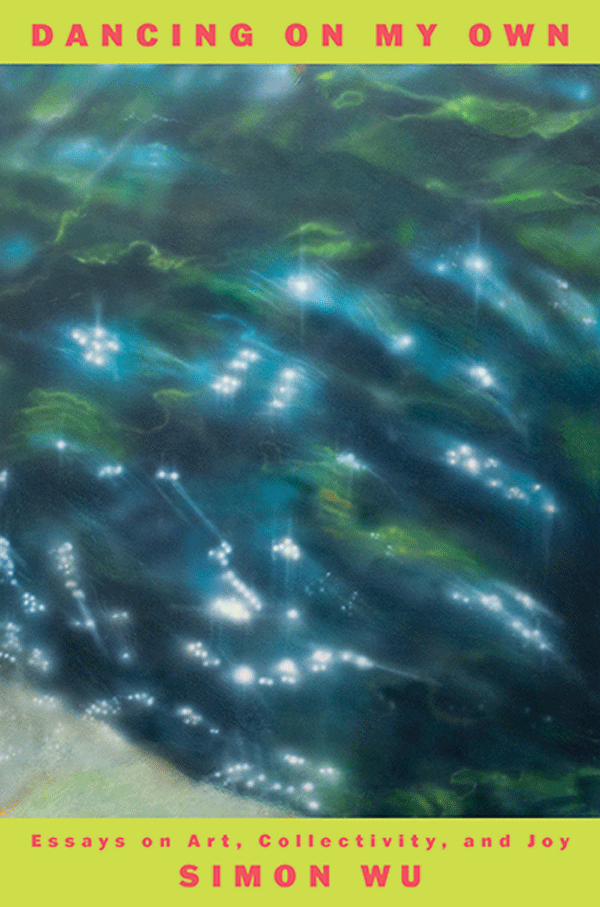The relationship between community and identity suffuse these essay collections, memoirs, and works of narrative nonfiction.
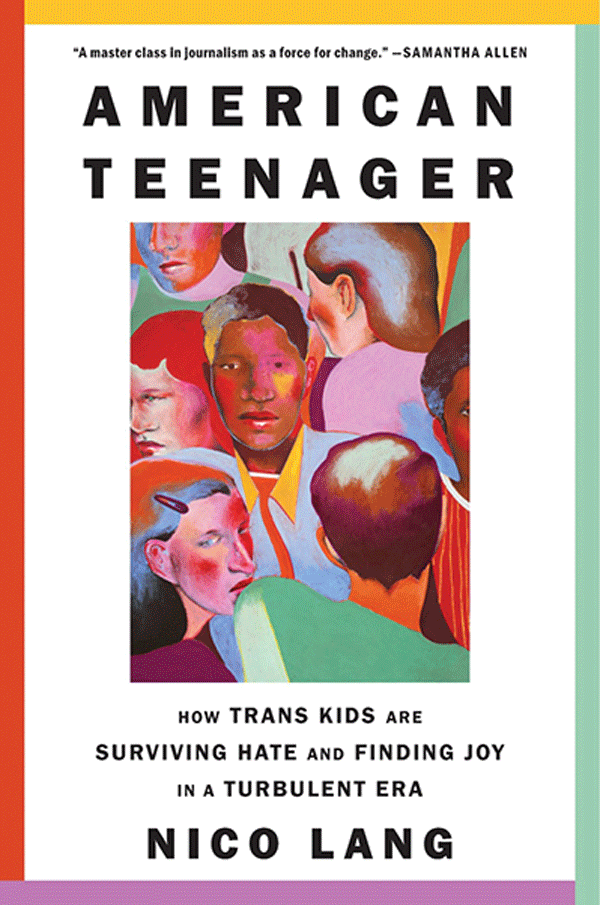
American Teenager
GLAAD Award–winning journalist Lang profiles eight trans and nonbinary teens from across the U.S. in their debut, foregrounding the voices of kids whose lives are frequently debated and legislated over. Lang spent a year traveling the country and interviewing the teens, their families, and members of their communities in order to portray the experience of growing up trans.
Another Word for Love
In this memoir, Wallace, a journalist known for writing profiles, crafts a self-portrait. He delves into his experiences of growing up Black in the white suburbs of Pittsburgh, struggling with the constraints of masculinity, getting divorced and getting sober, becoming a father, and exploring his queerness. “What elevates the narrative is Wallace’s capacity for forgiveness and his virtuosic—but never indulgent—prose,” PW’s starred review said. “This profoundly compassionate volume hugs the reader tightly and doesn’t let go.”
more
Dancing on My Own
Curator Wu weaves the works of Swedish pop singer Robyn throughout his debut essay collection as he reflects on art, class, fashion, sexuality, and identity. In “A Model Childhood,” he catalogs the plastic McDonald’s toys and other childhood detritus his parents saved in their garage, and the meaning they take on in light of his family’s move from Myanmar to suburban America in the late 1990s. “Party Politics,” meanwhile, examines the performance of identity at raves hosted by queer people of color. Per PW’s starred review, “This dynamic first outing heralds the arrival of a promising new talent.”
more
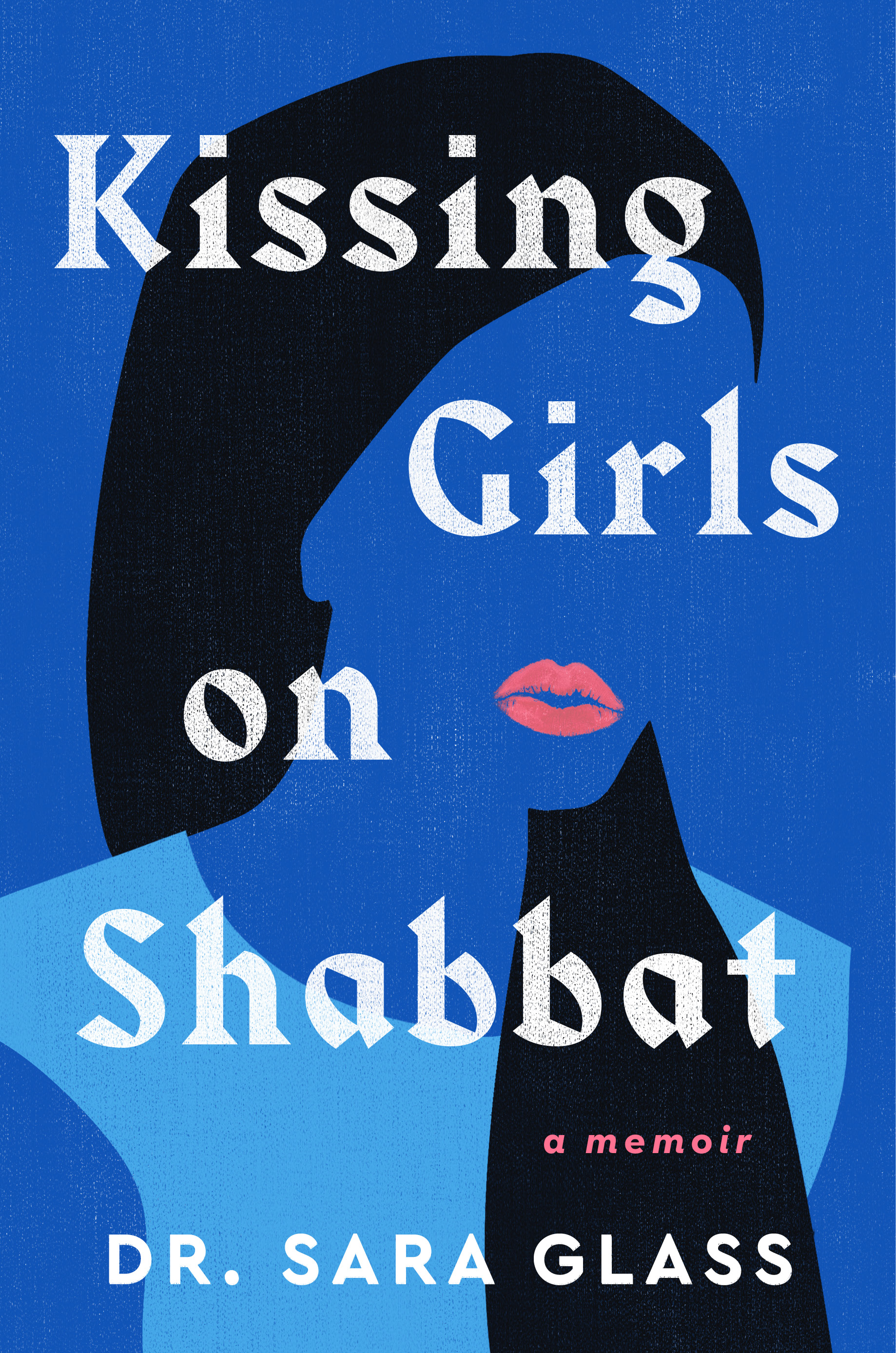
Kissing Girls on Shabbat
In her debut memoir, New York Times “Modern Love” contributor Glass writes about growing up in the ultra-Orthodox Hasidic community in Borough Park, Brooklyn, and struggling with her attraction to women. After an arranged marriage at age 19, fighting for a divorce and custody of her children, and marrying another man to avoid the scrutiny of her community, Glass finally made the decision to stop hiding her sexuality and break away from her Hasidic upbringing.
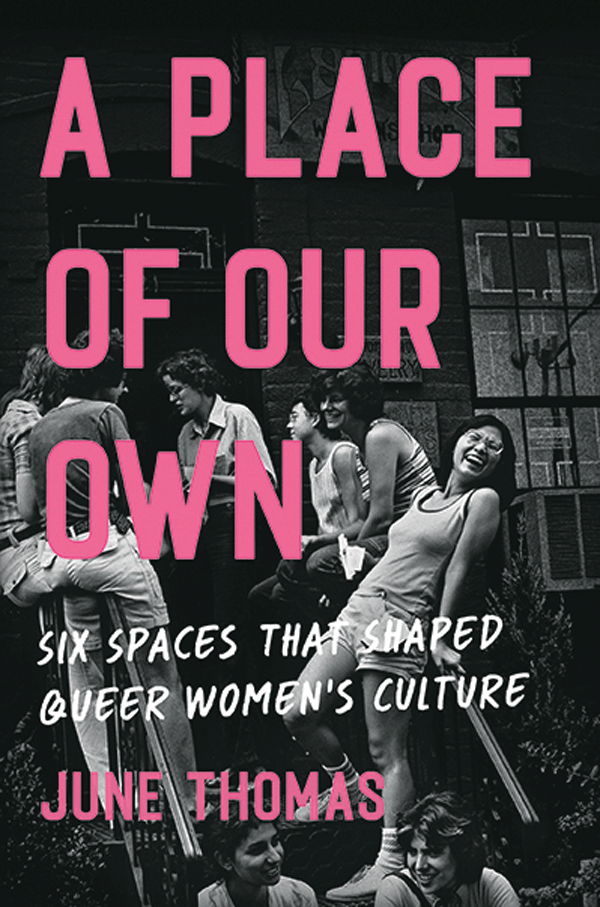
A Place of Our Own
This cultural history zeroes in on six archetypal lesbian spaces—the commune, the bar, the bookstore, the sex toy boutique, the softball field, and the vacation spot—in order to memorialize the past 60 years of queer women’s culture. Journalist Thomas uses archival research, personal experience, and interviews with figures like the late New York lesbian bar owner Elaine Romagnoli to bring these spaces to life, while also highlighting today’s LGBTQ communities.



 Volume 271
Issue 15
04/15/2024
Volume 271
Issue 15
04/15/2024
